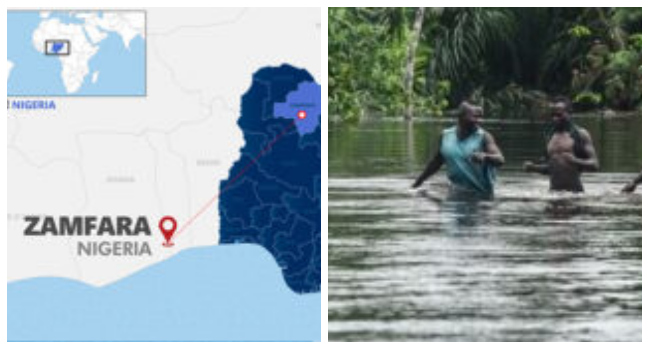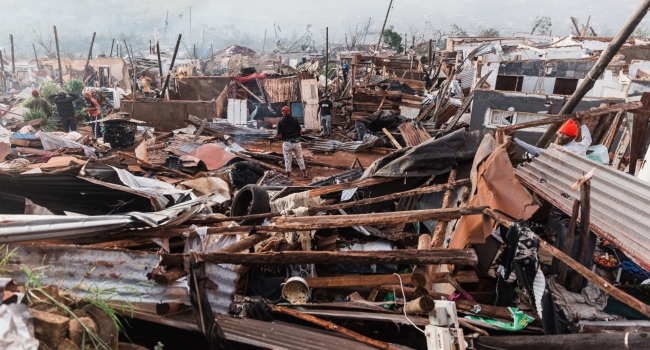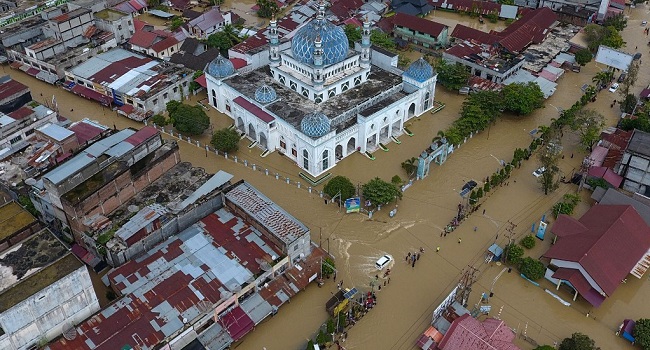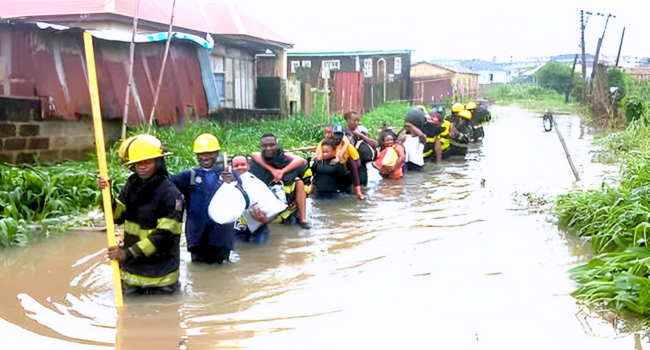The National Emergency Management Agency (NEMA) has predicted that eight local government areas of Zamfara State would be affected by moderate flooding in the 2024 rainy season.
The agency’s Director-General, Zubaida Umar, disclosed this in Gusau at the sensitisation programme for the 2024 down-scaling of flood early warning strategies for early actions.
Umar listed the eight LGAs to include Bugundu, Gummi, Gusau, Bakura, Maradun Talata Mafara, Shinkafi, and Zurmi.
She also called on Nigerians to work together to safeguard communities at risk, protect critical infrastructures, and support what she termed uninterrupted socio-economic activities in the country, from flooding.
The Nigerian Hyrodological Services Agency (NIHSA) in the year 2024 Annual Flood Outlook predicted that 31 states with 148 local government areas are to be within the high flood risk areas, while 35 states including FCT with 249 LGAs are considered to fall within the moderate flood risk areas, and the remaining 377 LGAs are forecasted for the low flood risk areas.
Umar who was represented by the Director of ICT, Sani Lokoja, highlighted that in the past years, Zamfara State had been severely impacted by floods, which led to losses, damages, and fatalities.
Lokoja added that this underscored the downscaling and sensitisation programme of the 2024 early warning strategies, and called for support of the initiative from the grassroots, to mitigate the flood disaster in Zamfara State.
The Zamfara State Commissioner for Humanitarian Affairs and Disaster Management, Aliyu Tsafe, said the government had already started the flood awareness campaign across the fourteen local government areas in the state
Governor Dauda Lawal of Zamfara, who was represented by the Secretary to the State Government (SSG), Abubakar Nakwada, implored government officials, traditional and religious leaders, and other stakeholders to actively participate in the sensitisation programme, and use the strategies shared towards mitigating the flood impacts in the risky areas of the state.
Stakeholders hope that the sensitisation and enlightenment programme will go a long way towards reducing the impact of floods, safeguarding private and communal livelihoods, and guaranteeing the path of driving socio-economic growth and development of the people.




